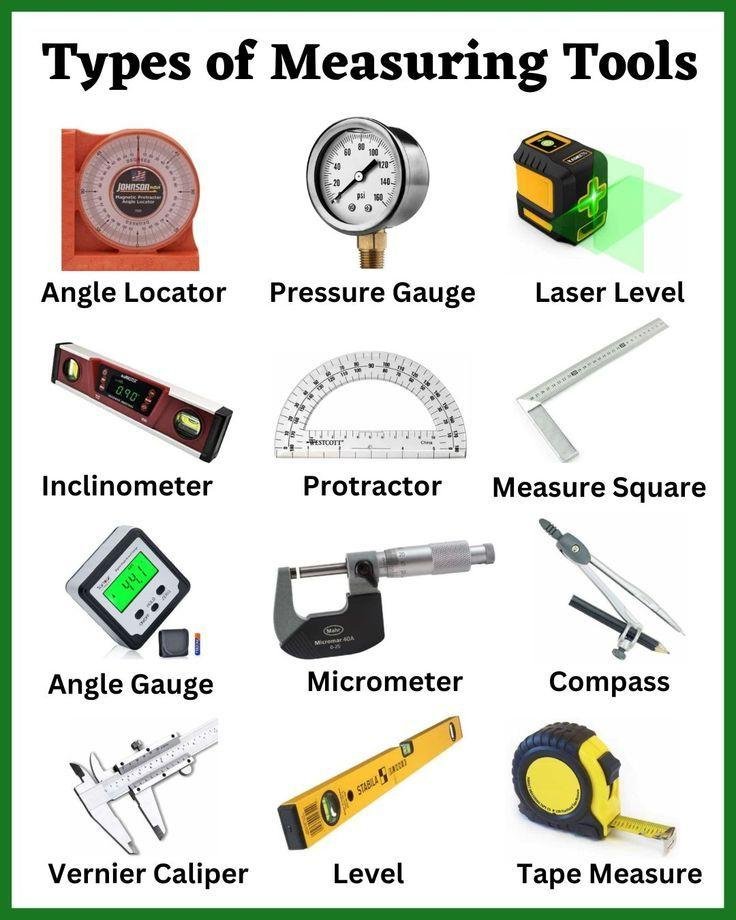In the vast digital landscape, navigating the world of content marketing can feel like wandering through a labyrinth of endless options and pitfalls. To successfully reach your audience and achieve your business goals, it’s crucial to have a clear path forward. Crafting an effective content marketing roadmap is like drawing up a treasure map to guide you through the wilderness of online marketing. In this article, we will explore the key components of creating a roadmap that will lead you to success in the competitive world of content marketing.
Defining Your Content Marketing Goals
One of the key aspects of crafting an effective content marketing roadmap is defining clear and measurable goals. Without proper goals in place, your content marketing efforts may lack direction and focus. To start, consider what you want to achieve with your content marketing strategy and how it aligns with your overall business objectives. Whether it’s increasing brand awareness, driving website traffic, generating leads, or boosting sales, having specific goals will help guide your content creation efforts.
Once you have identified your content marketing goals, it’s important to break them down into smaller, achievable objectives. This can include setting target metrics such as website traffic, engagement rates, or conversion rates that you want to reach within a certain timeframe. By defining these measurable objectives, you can track the progress of your content marketing strategy and make necessary adjustments along the way to ensure you are on track to meeting your overarching goals. Remember, setting SMART goals (Specific, Measurable, Achievable, Relevant, Time-bound) can help you stay focused and motivated throughout your content marketing journey.
Identifying Your Target Audience
is a crucial step in crafting an effective content marketing roadmap. Knowing who your audience is will help you tailor your content to meet their needs and preferences. Here are a few key strategies to help you pinpoint your target audience:
- Conduct market research to analyze demographics, psychographics, and behavior patterns of your potential audience.
- Utilize social media analytics to gather insights on your current followers and engage with them to better understand their interests.
- Create buyer personas to represent different segments of your audience and personalize your content to resonate with each persona.
Once you have identified your target audience, you can then create content that speaks directly to their interests and needs. By understanding who you are trying to reach, you can develop a content strategy that will resonate with your audience and drive engagement. Remember to continuously analyze and adjust your approach as your audience evolves to ensure that your content remains relevant and impactful.
Creating a Content Calendar
One of the key components of a successful content marketing strategy is . This roadmap serves as a guiding tool to help you plan and organize your content creation efforts effectively. By outlining your content topics, publishing schedule, and distribution channels in advance, you can ensure consistency and relevancy in your content delivery.
To craft an effective content calendar, start by identifying your target audience and their interests. This will help you tailor your content to meet their needs and expectations. Next, brainstorm a list of content ideas that align with your brand messaging and marketing goals. Once you have a pool of ideas, categorize them by themes or topics to ensure a cohesive narrative throughout your content calendar. use a spreadsheet or online tool to map out your content schedule, including deadlines, publication dates, and promotion plans. By following these steps, you can create a content calendar that will help you stay organized and drive engagement with your audience.
Measuring and Analyzing Results
In order to effectively measure and analyze the results of your content marketing efforts, it is crucial to establish key performance indicators (KPIs) that align with your overall business goals. These KPIs will help you track the success of your content strategy and make informed decisions about future campaigns. Some important metrics to consider include website traffic, engagement rates, conversion rates, and social media reach.
Once you have identified your KPIs, it is essential to regularly monitor and analyze the data to gain insights into the effectiveness of your content. By utilizing tools such as Google Analytics and social media analytics platforms, you can track the performance of your content across various channels and make data-driven adjustments to optimize your strategy. Additionally, conducting A/B testing and audience surveys can provide valuable feedback on what resonates with your target audience, allowing you to craft more impactful content in the future.
To Wrap It Up
As we have seen, crafting an effective content marketing roadmap is essential for any business looking to succeed in today’s competitive digital landscape. By taking the time to carefully plan out your content strategy, you can ensure that your messaging is engaging, relevant, and targeted to the right audience. By following the steps outlined in this article, you can create a roadmap that will guide your content creation efforts and help you achieve your marketing goals. So, get started today and watch your content marketing efforts soar to new heights!